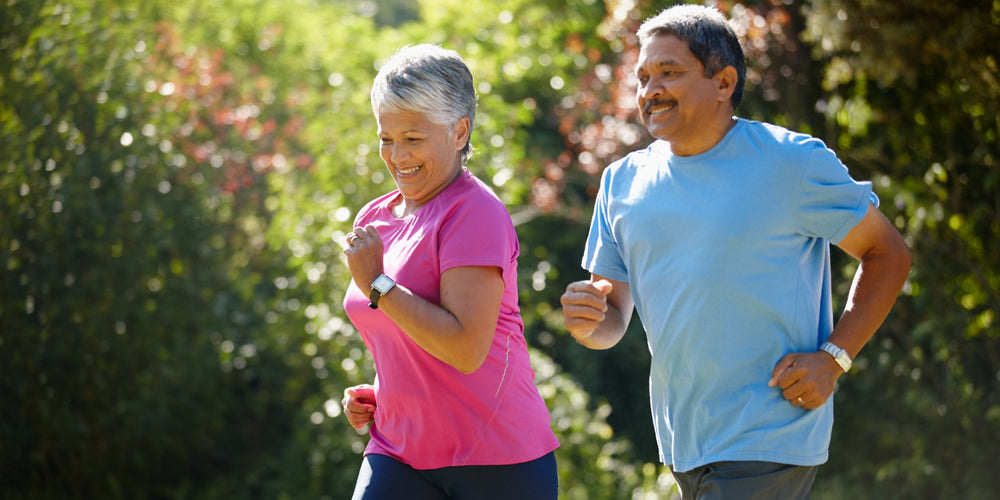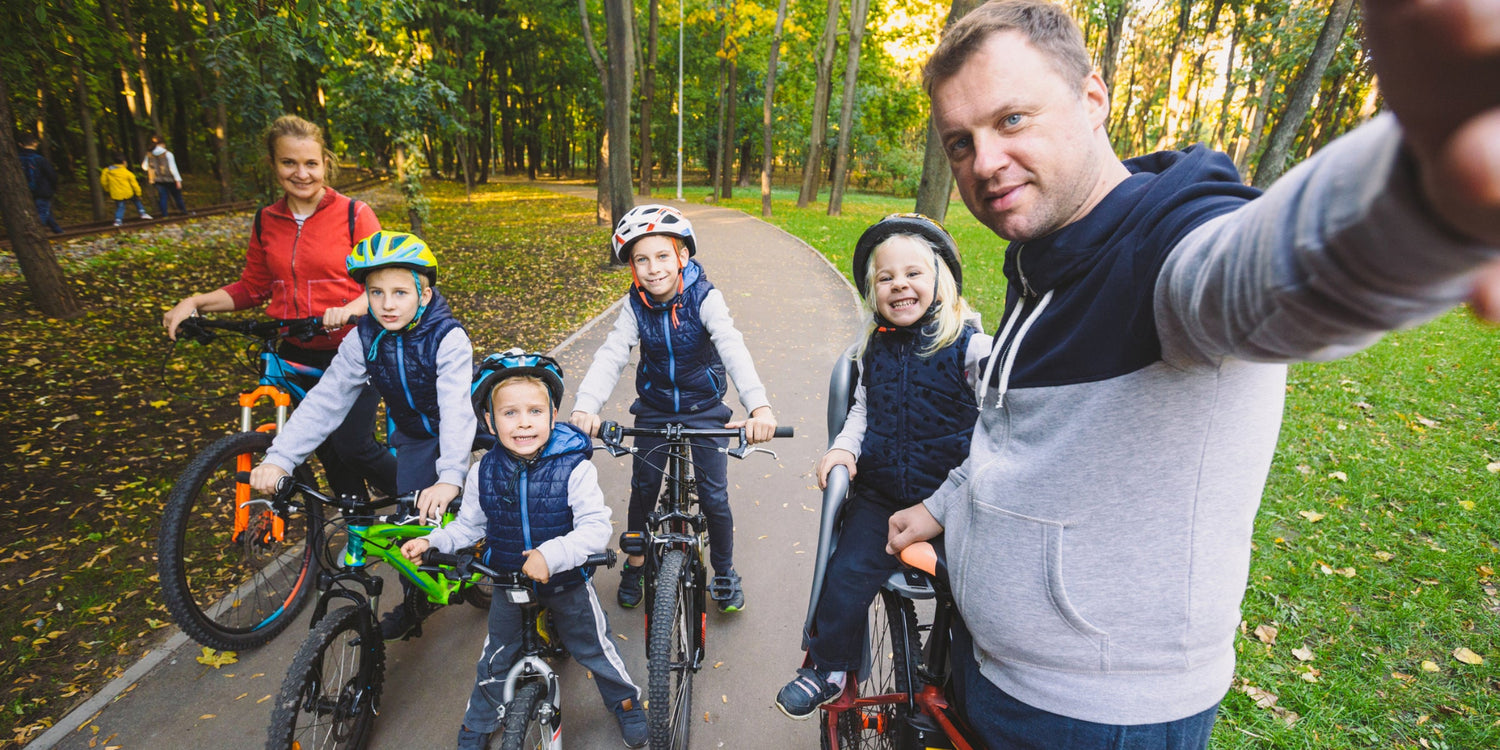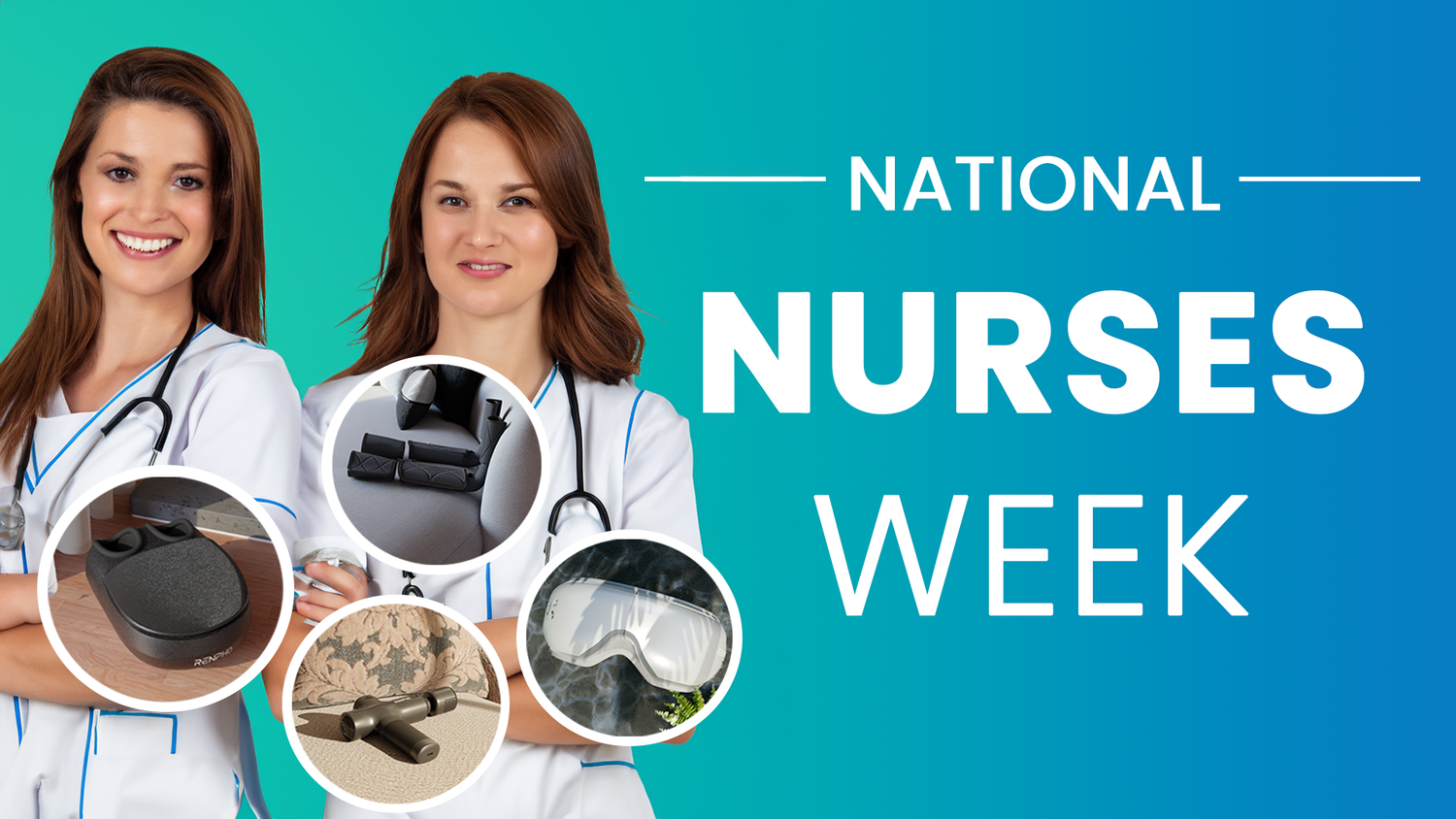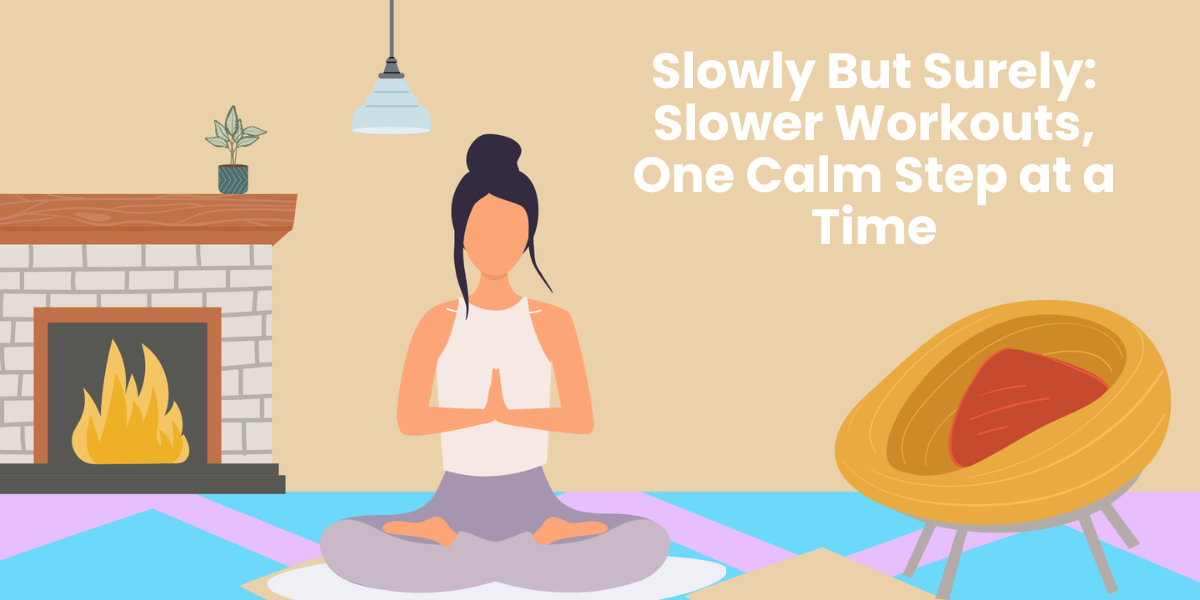Keeping Seniors Moving: Leg Health and Circulation Tips for the Golden Years

Stay tuned to our latest news
As we get older, maintaining healthy circulation and leg strength becomes increasingly important for staying mobile and independent. Otherwise, inactivity can lead to poor leg circulation and muscle weakness, leaving seniors open to various issues from painful cramps and swelling to increased fall risk and lower quality of life.
However, there are many simple steps we can take to keep our legs healthy and promote better blood flow despite old age. From exercises to improve muscle tone to dietary choices that boost circulation, these are proven strategies to get our legs moving and keep us on the go. Additionally, we'll also cover common leg problems faced by seniors.
Hopefully, by the end, you'll have a set of effective and easy-to-implement techniques to promote leg wellness and ensure you can continue doing the activities you love no matter the age.
Why Do Seniors Still Need to Stay Active?

Staying active is crucial at every stage of life, but its importance becomes even more significant as individuals age. Over time, seniors may become more prone to health issues, decreased mobility, and greater risk of falls and accidents.
There are several key reasons why staying active is so vital for the golden years. As we age, we naturally begin to lose muscle mass and bone density if we don't actively work to maintain them. This can lead to decreased mobility, balance issues, and an increased risk of falls and injuries. Regular exercise helps seniors build and preserve muscle strength, which supports better mobility and independence.
Good circulation is essential for delivering oxygen and nutrients throughout the body. Sedentary lifestyles can contribute to poor leg circulation, swelling, and cardiovascular problems in older adults. Exercise helps pump blood more efficiently and keeps the cardiovascular system healthy. Many common health conditions like diabetes, arthritis, and heart disease can be better managed through physical activity. Exercise helps control blood sugar, reduce inflammation, and strengthen the heart, providing a natural way for seniors to take an active role in managing their wellbeing.
Beyond the physical benefits, staying active also has a positive impact on mental health. Exercise releases feel-good endorphins, boosts mood, and can help alleviate symptoms of depression and anxiety in older adults. An active lifestyle also provides important social engagement. Perhaps most importantly, an active lifestyle helps seniors preserve their independence and ability to perform daily tasks. By keeping their legs and body strong, older adults can continue living autonomously and enjoying their golden years to the fullest. The key is finding activities seniors enjoy and can do safely, whether that's light walks, water aerobics, or strength training. With the right approach, staying active can be a game-changer for older adults' physical and mental wellbeing.
What Physical Changes Happen as We Age?
As we age, our bodies undergo several physical changes that can significantly impact our mobility and overall well-being. One common change is the loss of cartilage, which can occur in various joints throughout the body. Cartilage acts as a cushion between bones, allowing for smooth and painless movement. However, with age, cartilage gradually wears away, leading to increased friction and discomfort.
This loss of cartilage often contributes to stiffness in the joints, making it more challenging to move and perform daily tasks. Joint stiffness can be particularly evident in the mornings, requiring individuals to engage in stretching exercises to alleviate the discomfort. Moreover, these changes can lead to the development of bone spurs, which are additional growths of bone that form in response to the increased friction. Bone spurs can cause pain, inflammation, and limited range of motion.
Another physical change associated with aging is the decreased production of joint fluid. Joint fluid, also known as synovial fluid, helps lubricate the joints and reduce friction during movement. However, with age, the production of this fluid diminishes, exacerbating joint stiffness and discomfort. This decrease in joint fluid also contributes to the onset of conditions such as osteoarthritis, as the joints become more susceptible to wear and tear.
Lastly, calcification near the shoulder is another physical change that can occur as we age. Calcification refers to the accumulation of calcium deposits in the joints, which can lead to pain, limited mobility, and reduced function. This calcification often affects the rotator cuff tendons near the shoulder joint.
What Are the Benefits of Physical Activity for Seniors?
Physical activity is crucial for seniors as it offers numerous benefits that contribute to their overall health and well-being. Regular exercise can significantly improve cardiovascular health, ensuring a healthy heart and better blood circulation. Engaging in physical activity helps to lower blood pressure, reduce the risk of heart diseases, and increase stamina and endurance.
Another key advantage is that physical activity enhances balance and coordination in seniors. Regular exercise that includes strength training and flexibility exercises helps to improve muscle tone, leading to better coordination and balance control. This is particularly important as it reduces the risk of falls and injuries, which can be severe for older adults.
Moreover, engaging in physical activity can also increase bone density in seniors. Weight-bearing exercises, such as walking, hiking, or strength training, help to strengthen bones and decrease the risk of osteoporosis. Stronger bones contribute to greater mobility and reduced risk of fractures.
Regular physical activity has also been found to have a positive impact on mental health among seniors. Exercise stimulates the release of endorphins, which are known as "feel-good" hormones. This can help reduce symptoms of anxiety and depression, boost mood, increase self-esteem, and improve overall cognitive function.
5 Common Leg Issues Faced by Seniors

As seniors age, they often encounter various leg issues that can significantly impact their mobility and overall quality of life. These leg issues, ranging from mild discomfort to severe pain, can make daily activities challenging and restrict their independence. Here are five common leg issues faced by seniors:
- Arthritis: Arthritis affects the joints and leads to inflammation, stiffness, and pain in the legs. Symptoms include swelling, limited range of motion, and difficulty walking. The primary causes include age-related wear and tear, genetic factors, and previous injuries.
- Peripheral vascular disease (PVD): PVD occurs when arteries in the legs become narrowed or blocked, leading to poor blood circulation. Seniors with PVD may experience numbness, tingling, muscle cramps, and ulcers. Smoking, diabetes, high blood pressure, and high cholesterol contribute to its development.
- Deep vein thrombosis (DVT): DVT refers to the formation of blood clots in the deep veins of the legs. It causes pain, tenderness, and swelling, making seniors vulnerable to serious complications like pulmonary embolism. Prolonged immobility, surgery, cancer, and obesity are common risk factors.
- Osteoporosis: Seniors with osteoporosis have weak and brittle bones, making them susceptible to fractures in the legs. Symptoms include pain, limited mobility, and loss of height. Age, hormonal changes, low calcium intake, and sedentary lifestyle increase the risk of osteoporosis.
- Muscle strains and sprains: Seniors may experience muscle strains or sprains due to overexertion, falls, or sudden movements. These injuries can cause pain, swelling, bruising, and limited mobility, impacting their ability to perform daily tasks independently.
These leg issues can significantly hamper seniors' mobility and overall quality of life. Early detection, proper medical care, and appropriate exercises can help manage these conditions and alleviate symptoms, enhancing seniors' independence and well-being.
5 Strategies for Maintaining Leg Health and Circulation for Seniors

As seniors age, maintaining leg health and improving circulation become increasingly important for overall well-being. Good leg health and circulation are essential for various reasons, including memory, energy, heart and brain health, and quick recovery from injuries. Incorporating the following strategies into daily routines can greatly benefit seniors in this regard.
- Regular exercise: Engaging in low-impact exercises like walking, swimming, or cycling can stimulate blood flow to the legs and improve circulation. These exercises also help maintain muscle strength, flexibility, and balance, reducing the risk of falls and injuries.
- Avoid prolonged sitting or standing: Sitting or standing for long periods can hinder proper leg circulation. Seniors should make it a point to move around or stretch their legs every hour to keep the blood flowing.
- Wear compression stockings: Compression stockings provide gradual compression to the legs, enhancing blood circulation and reducing leg swelling. Seniors can wear these stockings daily to improve their overall leg health.
- Elevate legs: When sitting or resting, elevating the legs above heart level can promote blood flow back to the heart. This can be particularly beneficial for seniors experiencing leg swelling or varicose veins.
- Maintain a healthy diet: Consuming a well-balanced diet rich in nutrients, such as vitamin C, vitamin E, and omega-3 fatty acids, can help improve circulation. Additionally, staying hydrated is crucial for maintaining balanced blood flow.
These strategies should be incorporated into daily routines to ensure a lasting impact on leg health and circulation. By doing so, seniors can reap the benefits, including improved memory, increased energy levels, reduced risk of heart disease and stroke, and faster recovery from injuries. By prioritizing leg health, seniors can maintain an active and independent lifestyle well into their golden years.
Takeaway
As we age, maintaining healthy circulation and leg strength becomes increasingly important for staying mobile and independent. Inactivity can lead to poor leg circulation and muscle weakness, leaving seniors vulnerable to issues like painful cramps, swelling, increased fall risk, and lower quality of life.
However, there are many effective strategies seniors can implement to keep their legs healthy and improve blood flow. Regular exercise, avoiding prolonged sitting/standing, wearing compression stockings, elevating the legs, and maintaining a nutrient-rich diet are all proven ways to promote leg wellness.
Staying active is crucial for seniors, as it helps preserve muscle mass, support better mobility and balance, and manage common health conditions. Physical changes like cartilage loss, decreased joint fluid, and calcification can impact seniors' joints, making exercise and flexibility even more important.
By incorporating these simple techniques, seniors can enjoy greater independence, reduced fall risk, improved cardiovascular health, and an enhanced quality of life well into their golden years. With the right approach, seniors can keep their legs strong and ensure they can continue doing the activities they love.
Renpho Health Tips
-

Chronic Pain Begone: Unveiling the Benefits of Compression Massage
May 14, 2024
Read more >
-

Promoting Active Lifestyles: Family-Friendly Sports and Games for Everyone
May 10, 2024
Read more >
-

Celebrating National Nurses Week: Relaxation and Recovery with RENPHO
May 10, 2024
Read more >
-

Deskercise Dynamics: Unwind & Energize with Simple Office Workouts
April 23, 2024
Read more >
-

Slowly But Surely: Slower Workouts, One Calm Step at a Time
April 23, 2024
Read more >





